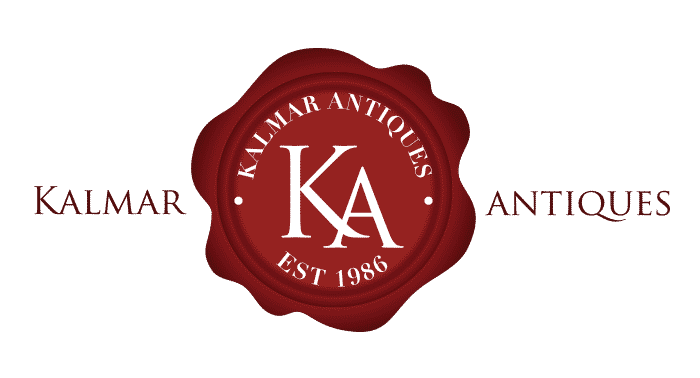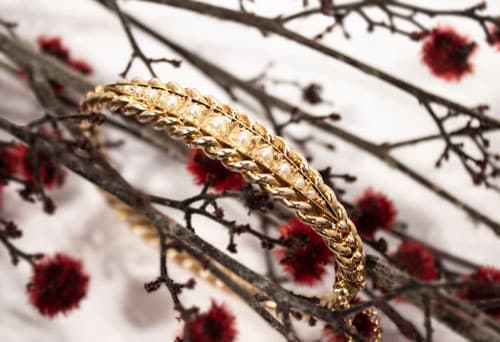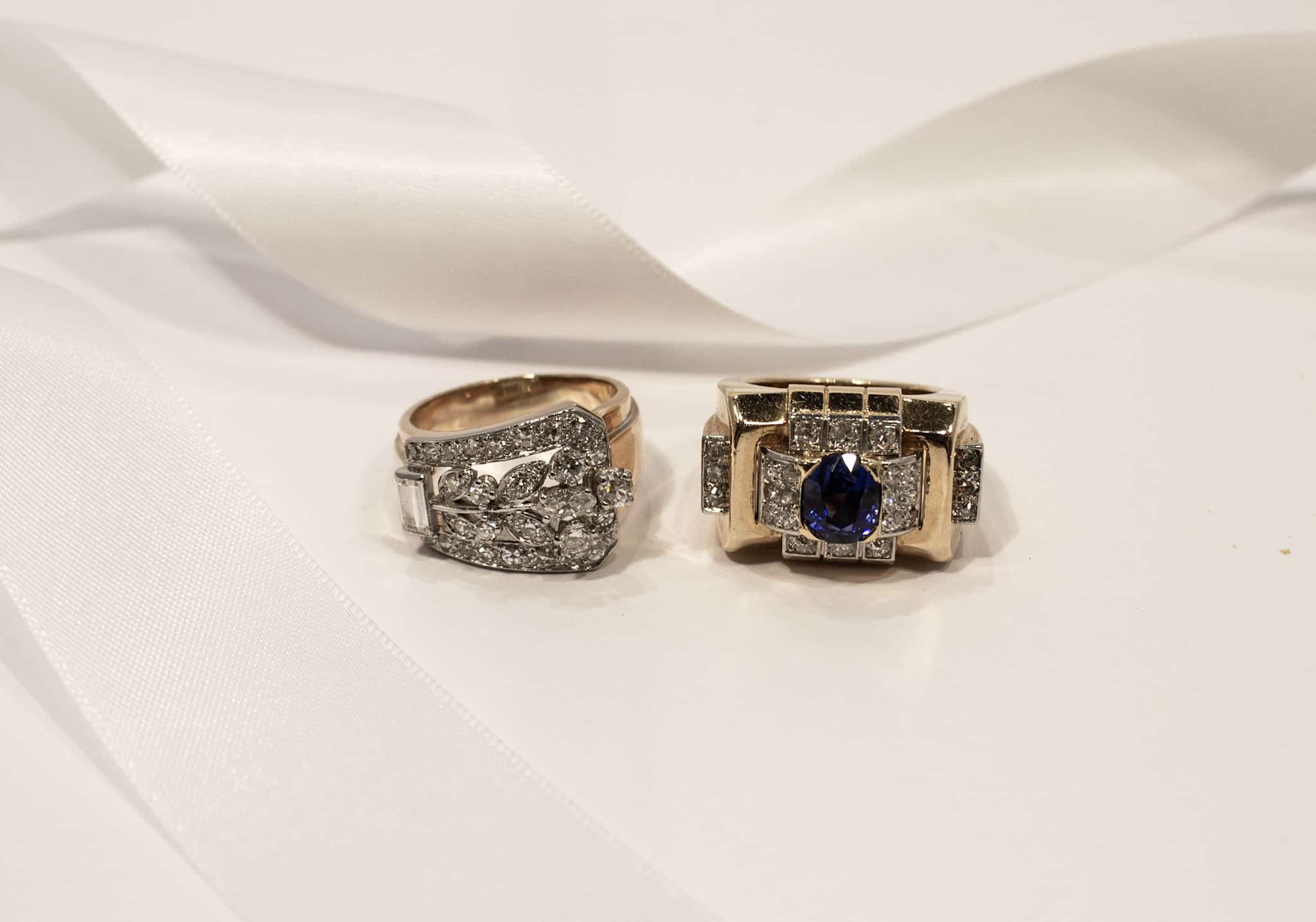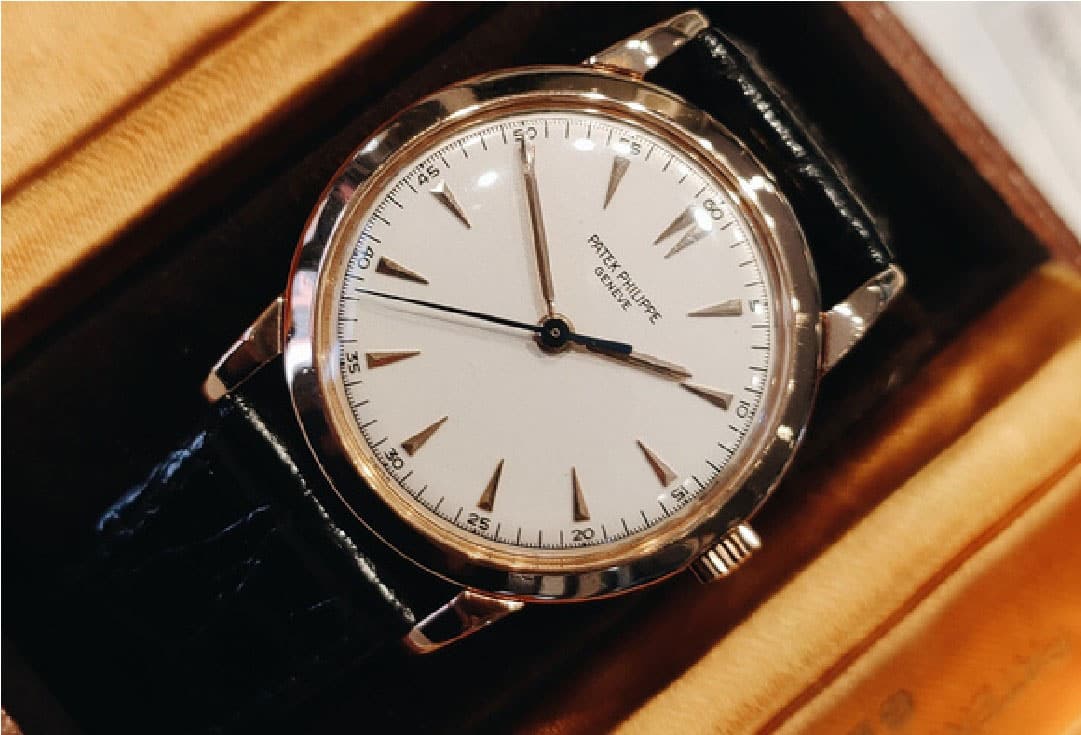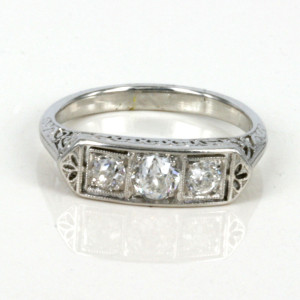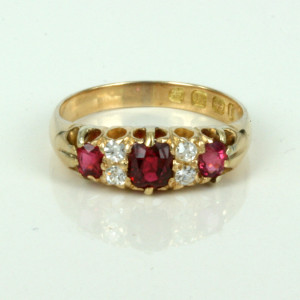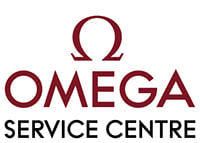
There is something so special and romantic about purchasing an antique diamond engagement ring, but what are some of the things that you should look for and consider?
Firstly look at two popular and sought after eras.
Without a doubt the most popular era for diamond engagement rings at the moment is the Art Deco period of the 1920's. This wonderful era produced stunning geometric designs that have always remained popular and sought after. Not only are the designs of the engagement rings delightful, but this era introduced to the world the beauty of platinum in jewellery making.
Although discovered as early as 1557 it didn't gain more notice until 1735 and it wasn't until the start of the 20th Century and the Art Deco jewellers of the 1920's that this wonderful metal was truly embraced. Able to be drawn into a very fine wire and always retaining its pure white colour, platinum was a favourite of many of the jewellers of the 1920's and 1930's.
Bezel setting was also very common, and is when the diamonds (or other gemstones) are set with a bezel surrounding the stones instead of using claws to hold the gemstones.
Three examples of Art Deco engagement rings of the 1920's
The late Victorian era of the 1890's is another very popular era for antique diamond engagement rings and differ quite a bit from Art Deco engagement rings.
Firstly, platinum was never used and often the entire ring will be made in 18ct yellow gold.
Some rings may be topped in silver as it was realised that the yellow of the gold can reflect into the diamonds "tinting" them yellow.
However the most important feature that we find with antique diamond engagement rings from this era, is the wonderful scroll work that is often found on the side of the ring.
Furthermore, if the engagement ring is a 3 or 5 stone diamond ring, then more often than not, each diamond will often have two smaller diamonds between each one adding that bit of extra character and sparkle and shows how much work went into making these rings even well over 100 years ago.
Just look at how much detail is in the side of this antique diamond engagement ring, and note the two smaller diamonds set between each "main" diamond.
The cuts of the diamonds between these two eras did change from the old European cut diamond used in the Victorian era to the modern round brilliant cut diamond still used today.
The difference between the two diamond styles is not the number of facets (cuts) that each has - they both have 58 facets - but the angles of the facets.
In the earlier diamonds, the angles will be quite high and have quite a large culet (the final "58th" facet at the very bottom of the diamond) whereas in the modern brilliant cut, it was realised that lowering these angles and reducing the size of the culet would prevent light "leaking" out of the diamond.
So does a modern diamond sparkle more than an antique one?
Simple answer is of course yes. However it won't be the difference of a 100 watt light globe compared to a 10 watt light globe, rather the more modern cut will reflect light back into the eye better.
However there is so much charm in an antique hand cut diamond that so many people - ourselves included! - Just love. The thought of an antique diamond in an antique ring is so delightful and romantic.
This article on antique engagement rings can keep going on and on, however it will stop here but with one final note. No-one said that an antique diamond engagement ring - or a modern diamond engagement ring for that matter - had to be a single diamond solitaire ring or just diamonds for that matter. Look at some of the antique rings below and realise that any of these would also make a superb engagement ring.
